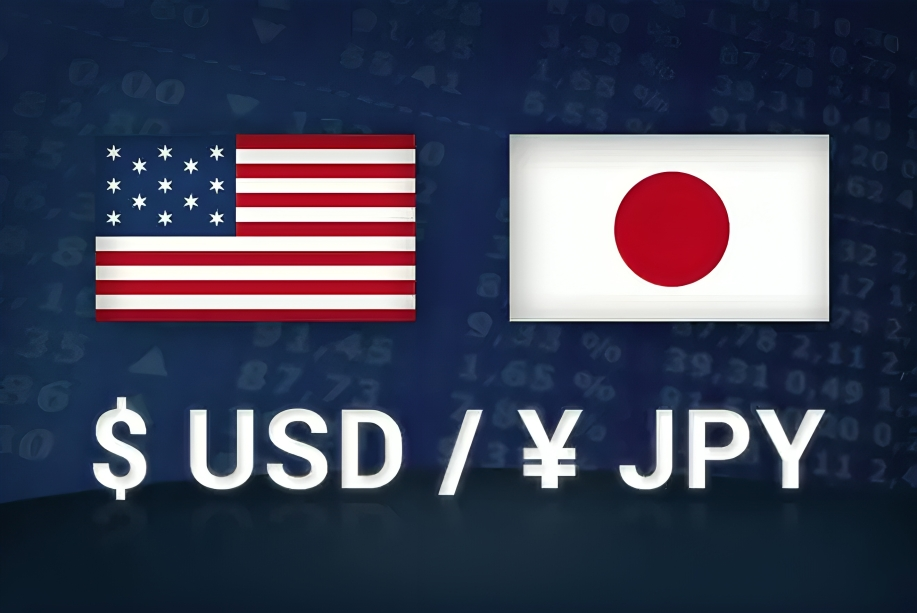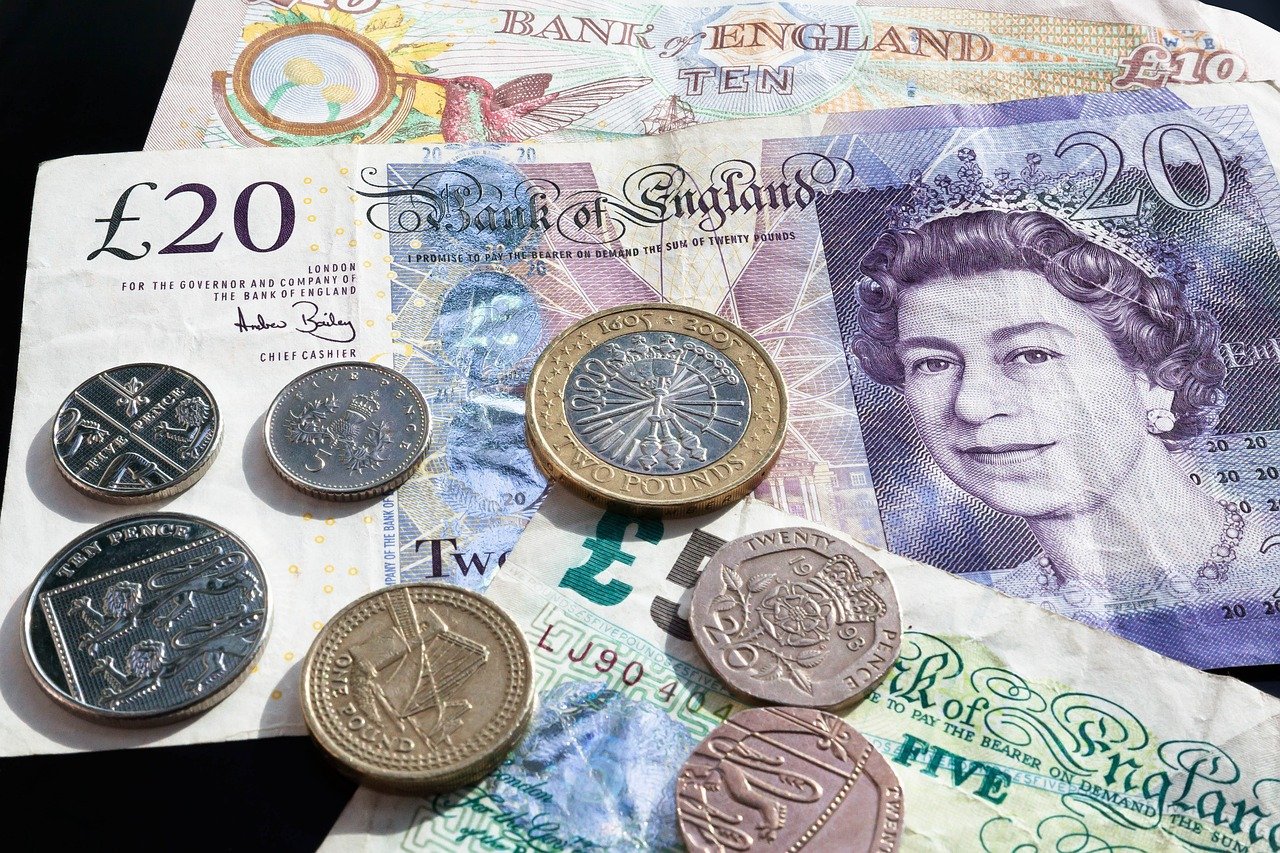Japanese Yen Remains Strong Against USD but Bulls Seem Hesitant
The Japanese Yen (JPY) has been holding strong against the US Dollar (USD), continuing its upward momentum for the second consecutive day on Friday. This follows its recovery from the lowest level seen since early August, driven by a mix of geopolitical tensions and verbal interventions by Japanese authorities. However, despite this bullish stance, there are factors that could limit the Yen’s appreciation, particularly uncertainties surrounding the Bank of Japan’s (BoJ) interest rate policy and a generally risk-on mood in the markets.
In this article, we will analyze the key factors influencing the Japanese Yen, including interventions by Japanese authorities, BoJ’s rate-hike uncertainty, and the broader outlook for USD/JPY. Additionally, we’ll explore the technical picture, looking at potential support and resistance levels that could shape the pair’s near-term trajectory.
Market Overview
Japanese Yen Finds Support Amid Intervention Fears
The recent strength of the Japanese Yen is largely attributed to fears of potential government intervention. Japan’s top currency officials have signaled that they are monitoring FX moves closely, warning against speculative trading. These interventions, even if only verbal for now, have sparked follow-through buying of the Yen.
Japanese currency diplomat Atsushi Mimura, for instance, has been vocal about the importance of maintaining stability in the foreign exchange markets. His remarks, alongside those from other Japanese officials, have fueled speculation that the government might step in to prop up the Yen if needed, further underpinning the currency.
Geopolitical Tensions Boost Safe-Haven Appeal of JPY
Geopolitical tensions, particularly in the Middle East, have also played a role in the Yen’s recent strength. As conflicts between Israel and Hamas escalate, with additional airstrikes across Lebanon and Gaza, global investors have shifted toward safe-haven assets like the Japanese Yen. This move is typical in times of heightened uncertainty, as investors look to minimize risk exposure in volatile markets.
BoJ Rate-Hike Uncertainty Capping JPY Gains
While the Yen has seen some strength, its upward momentum has been limited due to ongoing uncertainties surrounding the Bank of Japan’s (BoJ) rate-hike plans. BoJ Governor Kazuo Ueda has repeatedly stressed the high degree of uncertainty surrounding Japan’s economic recovery. He emphasized the need to focus on the potential impact of market volatility on the economy before making any further moves toward tightening monetary policy.
On top of this, Prime Minister Shigeru Ishiba has expressed opposition to additional rate hikes ahead of the general election on October 27. This political dimension adds another layer of uncertainty, suggesting that the BoJ is in no rush to raise rates further. As a result, while the Yen has benefitted from intervention fears, the lack of clarity on rate hikes has capped its appreciation.
US Dollar Outlook and Impact on USD/JPY
US Dollar Strength Underpinned by Fed Rate Cut Expectations
On the US side of the equation, the US Dollar has remained relatively strong, supported by expectations that the Federal Reserve (Fed) will proceed with modest interest rate cuts over the next year. Although markets are pricing in a 25 basis point rate cut by the Fed in November, US Treasury yields have stayed elevated, particularly the benchmark 10-year bond yield, which remains above the 4% mark.
This has provided some support to the USD, even as it stalls its corrective pullback from the highs touched earlier in August. The combination of high bond yields and the possibility of a slower pace of Fed easing helps the USD maintain a bullish sentiment, which could lend support to the USD/JPY pair in the near term.
Risk-On Sentiment Limiting Yen’s Safe-Haven Appeal
While geopolitical tensions have boosted the Yen’s safe-haven appeal, broader market sentiment has been somewhat risk-on. Investors have welcomed recent initiatives by the People’s Bank of China (PBOC), which launched two new funding schemes aimed at supporting the development of China’s capital markets. These moves have lifted global equity markets and dampened the demand for safe-haven assets like the Yen.
In this context, the USD/JPY pair is caught between two opposing forces: safe-haven demand for the Yen, driven by geopolitical risks, and the risk-on sentiment in broader markets, which favors higher-yielding currencies like the USD. This tug-of-war has contributed to the pair’s recent price action, with neither bulls nor bears fully committing to a decisive move.
Technical Outlook for USD/JPY
Support Levels: Can USD/JPY Sustain Below 149.00?
From a technical perspective, USD/JPY remains in a somewhat bullish setup, though recent price action suggests some caution is warranted. Oscillators on the daily chart are still in positive territory, indicating that the pair has room to run higher. However, any weakness below the 149.00 mark, which has acted as a key psychological support level, could open the door to further declines.
The next key support level below 149.00 is the 148.85 horizontal support, a critical zone that could trigger further selling pressure if breached. A sustained break below this level could push USD/JPY toward the 148.20 region, with further downside potential extending to the 148.00 round figure. Below that, the corrective decline could target the 147.35-147.30 area, and possibly even sub-147.00 levels if bearish momentum accelerates.
Resistance Levels: 150.00 Psychological Mark in Focus
On the flip side, the immediate resistance for USD/JPY is found in the 149.70-149.75 region, just below the key psychological level of 150.00. A break above this area would signal that bullish momentum has resumed, and the pair could quickly head toward the next major resistance zone around 150.30, which marks the monthly peak touched last week.
Should USD/JPY manage to clear this resistance zone, it could set the stage for a move toward the August swing high of 150.85-150.90. A sustained break above this level would act as a fresh trigger for bullish traders, potentially allowing the pair to reclaim the 152.00 level. Further gains could see the pair targeting the next relevant hurdle near the 152.70-152.75 area, which represents the top of the recent range.
Key Market Factors to Watch
Government Intervention and BoJ Policy
One of the key drivers of the Japanese Yen in the coming weeks will be any signs of government intervention in the FX markets. Japanese authorities have made it clear that they are watching currency moves closely, and any further verbal or actual intervention could lead to a spike in Yen strength.
At the same time, traders should keep a close eye on any developments from the Bank of Japan. The BoJ’s rate-hike plans remain uncertain, with conflicting signals from various officials. Any clarity on the timing and pace of future rate hikes, particularly after the general election, could have a significant impact on the Yen.
US Treasury Yields and Fed Rate Cuts
On the US side, the outlook for Treasury yields and Fed rate cuts will continue to play a critical role in determining the direction of USD/JPY. If US bond yields remain elevated, it could provide ongoing support to the USD, keeping upward pressure on the pair. However, any signs that the Fed might accelerate its easing cycle could weigh on the USD and lead to a corrective decline in USD/JPY.
Yen Bulls Remain Hesitant, but Intervention Risks Loom Large
In summary, the Japanese Yen has been on the front foot against the US Dollar, but there is still a lack of strong commitment from the bulls. Government intervention fears and geopolitical tensions have supported the Yen, but uncertainties surrounding the BoJ’s rate-hike plans and the generally upbeat risk-on mood are capping any significant appreciation.
From a technical perspective, USD/JPY is navigating a narrow range, with key support at 149.00 and resistance around the 150.00 psychological level. Traders should remain cautious, watching for any signs of strong follow-through selling or buying before committing to a directional bias.




